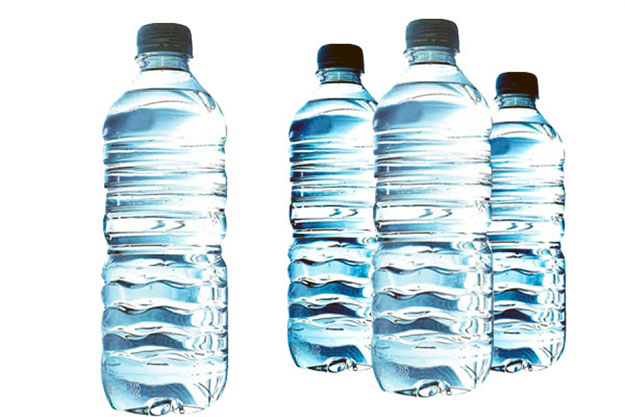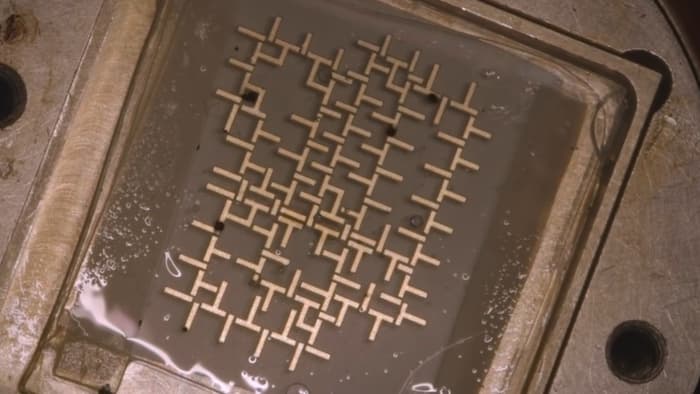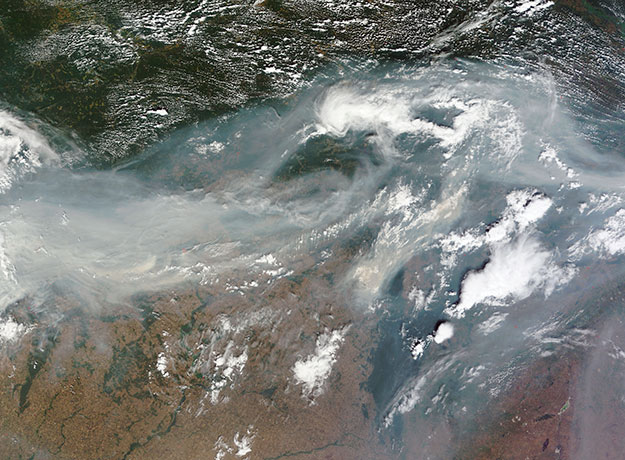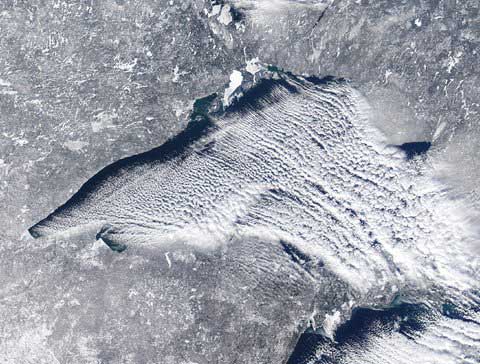Of all the things preppers shouldn’t throw away, probably the most useful is the 2-liter bottle. Some people discard these almost everyday, which is a shame considering all the things you can do with them.
 If you’ve been drinking canned soda, it’s time to switch to 2-liters (it’s cheaper, anyway). And if you don’t drink soda, you probably have friends or relatives who do. Offer to take those empty bottles off their hands (just ignore the looks they give you).
If you’ve been drinking canned soda, it’s time to switch to 2-liters (it’s cheaper, anyway). And if you don’t drink soda, you probably have friends or relatives who do. Offer to take those empty bottles off their hands (just ignore the looks they give you).
Maybe you think I’m exaggerating the usefulness of 2-liters. Well, see for yourself. Here’s a list of survival uses for 2-liter bottles. Read more





